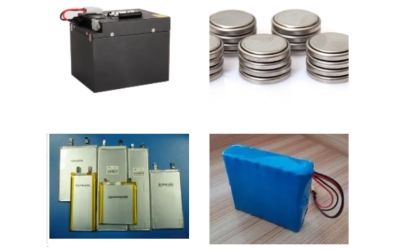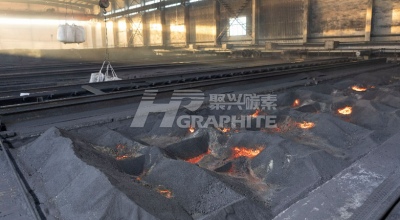【Petroleum Coke】Application in Lithium-Ion Battery Negative Electrode Materials

【Petroleum Coke】Application in Lithium-Ion
Battery Negative Electrode Materials
Against the strategic backdrop of accelerating the transition from fossil fuels to clean energy sources, lithium-ion batteries (LIBs) are particularly crucial for achieving environmentally friendly and efficient energy storage and conversion methods, owing to their advantages such as high energy density, high power, long cycle life, high operating voltage, stable discharge, wide operating temperature range, lack of memory effect, and good safety performance. The performance of the negative electrode, as an important component of lithium-ion batteries, directly affects the overall performance of the battery system.
In recent years, Dr. Yan Song, a researcher at the Institute of Coal Chemistry, Chinese Academy of Sciences in Shanxi, and her research team have effectively improved the specific capacity, cycle stability, and rate performance of electrode materials by designing the structures of carbon-based and silicon-based negative electrodes.
Using natural graphite flakes and petroleum coke as raw materials, they prepared nickel-doped hollow nano-carbon negative electrode materials with coexisting graphite carbon and porous nano-carbon through hot-pressing sintering. The graphitized petroleum coke products are widely used in steelmaking industry. By compressing and polymerizing asphalt, they prepared graphite-like carbon materials, which not only possess the strong stability of graphite but also exhibit increased capacity when used as negative electrode materials. Addressing the poor cycle stability of silicon-based negative electrode materials, the team utilized electrostatic adsorption to adsorb cationic surface-active agents on the surface of silicon nanoparticles, forming a core-shell double-layer protection to mitigate and restrict the stress-induced structural damage during silicon expansion. To further regulate the performance of the silicon-based double-coating structure, they introduced cavities using a hard template method to alleviate the volume changes of silicon, achieving the dual goals of increasing capacity and cycle stability. For any inquiries about graphitized materials, contact us for more information.

No related results found









0 Replies